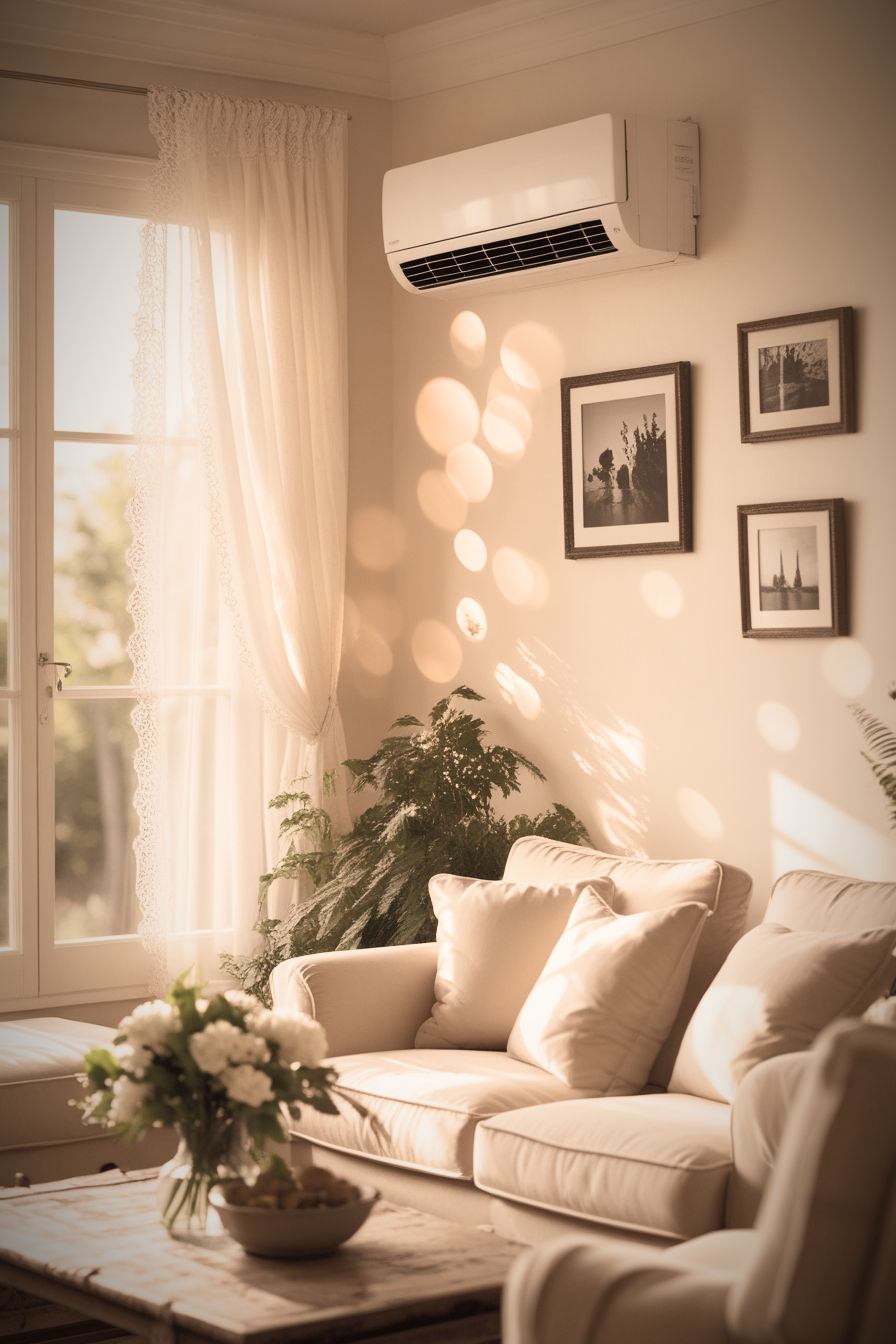What Is a Ductless Mini-Split? Why Homeowners Choose Them (and When They Shouldn’t)
- By GreenFlow Heating & Cooling
- Mar 30
- 3 min read
Updated: Aug 30

Ductless mini-split systems are gaining popularity and for good reason. They’re efficient, flexible, and often easier to install than traditional systems. But like any HVAC solution, they’re not perfect for every home.
At GreenFlow Heating & Cooling, we believe in giving homeowners real, practical information so you can make informed decisions that suit your home, comfort, and long-term goals. In this post, we’ll break down what ductless systems are, where they shine, and where they fall short especially when it comes to indoor air quality.
What Is a Ductless Mini-Split?
A ductless mini-split is a heating and cooling system made up of:
An outdoor unit (compressor/heat pump)
One or more indoor air handlers, usually wall-mounted
These components are connected by refrigerant lines and don’t require ductwork to move air. Each indoor unit can be controlled individually, making ductless a good option for zoned comfort.
When Ductless Systems Make Sense
You Don’t Have Ductwork (Or Want to Abandon It)
If your home doesn’t have existing ductwork or if your ducts are in bad shape and not worth salvaging ductless systems are a practical and efficient alternative. They’re also ideal for:
Older homes with no attic or crawlspace
Remodels and additions (like garages, basements, or ADUs)
Small homes or specific zones where ducting is too invasive or costly
You Want High-Efficiency Heating & Cooling
Ductless systems use inverter-driven compressors that ramp up or down based on demand. This means:
Less wasted energy
Lower monthly bills
Smooth, consistent comfort
And because each zone operates independently, you’re not heating or cooling areas that no one is using.
You Need a Simple, Quick Install
Compared to installing or replacing ductwork, mini-splits are relatively simple to put in. Most jobs can be completed in a day or two, with minimal disruption to your home.
But Let’s Talk Honestly: Ductless Isn’t Perfect
We love installing mini-splits when they’re the right fit but it’s important to understand their downsides.
Air Quality Is Not a Strength
Air quality matters a lot. And while ductless systems do have basic filters, they’re not better for air quality than a well-maintained ducted system. If you already have ductwork, investing in:

Proper filtration (like MERV-rated filters)
Outside air ventilation
Exhaust systems for stale or humid areas
...will usually do far more to improve your indoor air than switching to ductless.
The Look and Feel Isn’t for Everyone
The indoor units are wall-mounted (or occasionally ceiling- or floor-mounted), and they’re visible. Some homeowners don’t love how they look and because they blow air directly into the room, some people find it uncomfortable if they’re sitting right in the airflow path.
It’s Not a Whole-Home System
If your home is already set up for central heating and cooling, a ductless mini-split doesn’t replicate that full-system integration. You’ll have fewer moving parts, yes but also less built-in redundancy. Instead of a full furnace and central air system, you’ll just have one outdoor unit and one or more air handlers.
Bottom Line: When Ductless Is a Good Fit (and When It Isn’t)
Mini-splits are awesome when:
You don’t have ductwork
You need room-by-room control
You want to save on energy and installation
You’re working with limited space
But they’re not ideal if:
You care deeply about air quality and already have ductwork
You want hidden vents and central comfort
You’re uncomfortable with visible wall units or direct airflow
Our Honest Take
We’ll never steer you away from a mini-split if it’s the best solution for your home but we also won’t oversell it. We believe in long-term comfort, clean air, and systems that match your lifestyle and your house.
If ductless is your only real option (and sometimes it is), know that it’s still a great system. But if you do have ductwork in place, we’ll help you weigh whether upgrading your current system and improving filtration and ventilation might actually be the better long-term move.
Have questions about whether ductless is right for your home? We’re here to help you figure it out no pressure, no sales pitch.








Comments